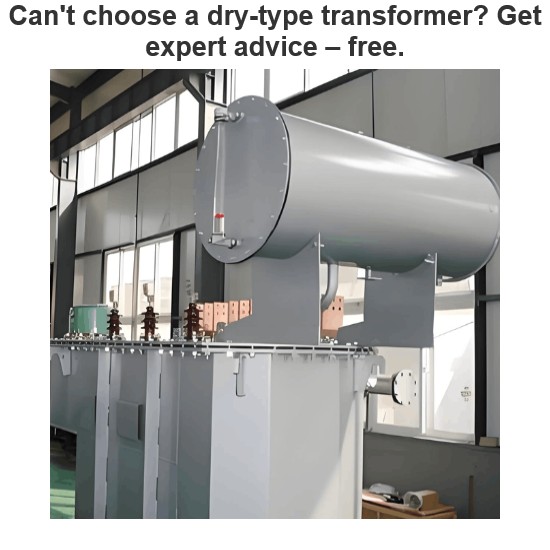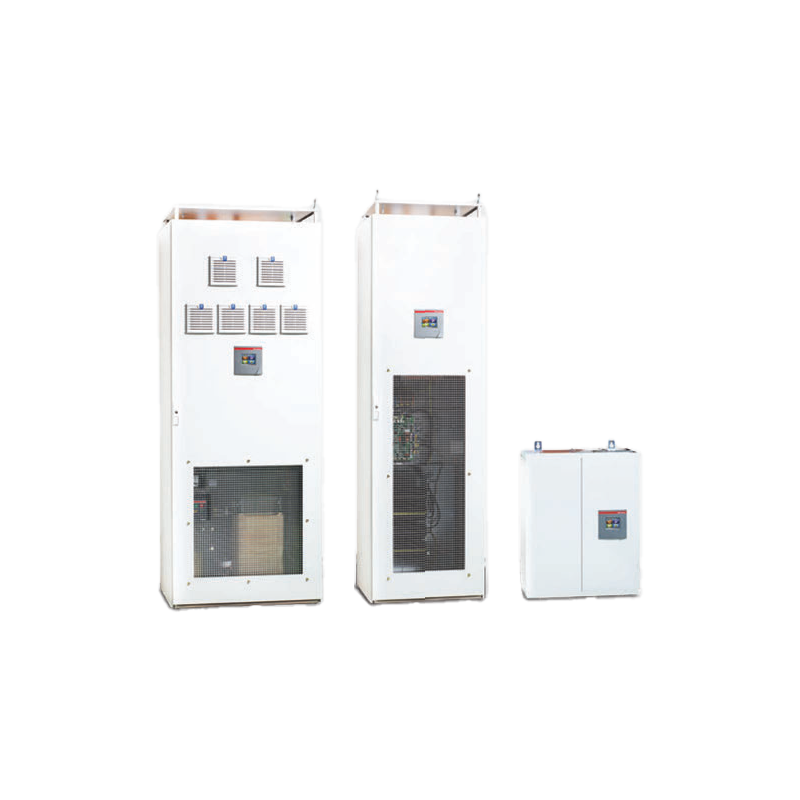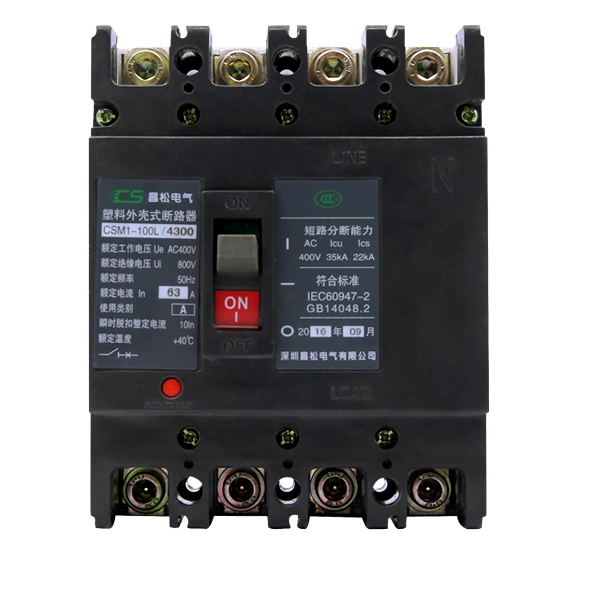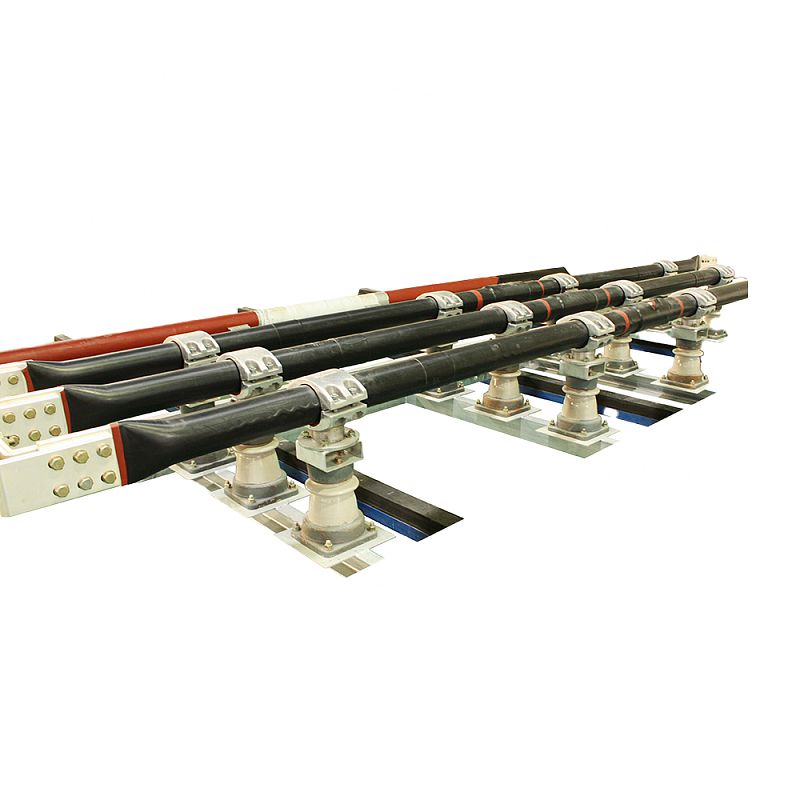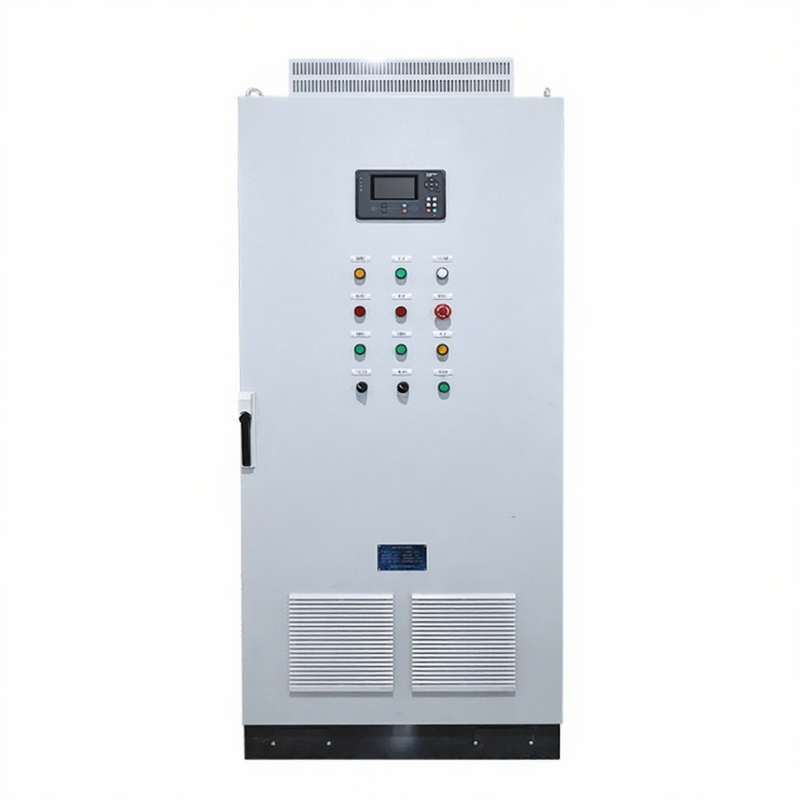A substation is a crucial component of the power system, responsible for converting high-voltage electricity generated at power plants into voltages suitable for transmission and distribution. During the design and construction of a substation, the earliest installed equipment is typically aimed at ensuring the safety and smooth progress of subsequent construction and commissioning. Below are the key pieces of equipment that are installed first in a substation:
1. Earthing System
Importance: The earthing system is one of the most fundamental and critical safety devices in a substation. It provides a reliable grounding path for all electrical equipment within the substation, preventing dangerous overvoltages caused by lightning strikes or short circuits, thus protecting personnel and equipment.
Installation Time: The earthing system is usually one of the first pieces of equipment installed after the completion of the foundation and civil works. It includes components such as the earthing grid, earthing electrodes, and earthing conductors.
2. Surge Arresters
Importance: Surge arresters protect the substation's equipment from damage due to lightning strikes and switching overvoltages. They rapidly absorb and dissipate overvoltage energy, safeguarding critical equipment like transformers and circuit breakers.
Installation Time: Surge arresters are typically installed alongside the earthing system, especially at the incoming and outgoing lines and near important equipment. They serve as the first line of defense against overvoltages, ensuring the safe operation of the substation.
3. Circuit Breakers
Importance: Circuit breakers are among the most important switching devices in a substation, used to open or close circuits under both normal and fault conditions. They can quickly interrupt fault currents, protecting other equipment from damage.
Installation Time: Circuit breakers are usually installed either before or simultaneously with the main electrical equipment (such as transformers and busbars). This is because circuit breakers not only facilitate daily operations but also provide essential protection during the commissioning phase.
4. Isolators (Disconnectors)
Importance: Isolators are used to isolate electrical equipment from the power source during maintenance or inspection, ensuring the safety of personnel. While isolators cannot interrupt load currents, they provide a clear disconnection point, ensuring that the equipment is completely de-energized.
Installation Time: Isolators are typically installed along with circuit breakers, particularly at the incoming and outgoing lines. They provide necessary safety during subsequent commissioning and maintenance activities.
5. Busbars
Importance: Busbars are conductive bars used to connect various electrical devices within the substation, such as transformers, circuit breakers, and isolators. They carry large currents and distribute power to different circuits.
Installation Time: Busbars are usually installed either before or simultaneously with the main electrical equipment. Their installation requires precise positioning and support structures to ensure stability and safety.
6. Transformers
Importance: Transformers are central to the substation's function, converting voltage levels from one level to another. Step-up transformers increase the voltage for long-distance transmission, while step-down transformers reduce the voltage for end-user consumption.
Installation Time: Transformers are typically installed after the main structure of the substation is completed. Due to their large size and weight, special lifting equipment is required for installation. The installation sequence depends on the specific design and layout of the substation.
7. Control and Protection Systems
Importance: Control and protection systems include relay protection devices, automation systems, and monitoring systems. These systems monitor and control the substation's operation, ensuring the safe and stable performance of the equipment. They can detect faults and automatically take actions, such as tripping circuit breakers, to prevent accidents from escalating.
Installation Time: The installation of control and protection systems typically follows the installation of the main electrical equipment. These systems need to be integrated with other substation equipment and tested to ensure proper functionality.
Summary
The first equipment installed in a substation are typically those related to safety and protection, such as the earthing system, surge arresters, circuit breakers, and isolators. These devices provide essential safety measures for the subsequent installation and commissioning of electrical equipment. As construction progresses, busbars, transformers, and other critical components are gradually installed, followed by the control and protection systems.




















